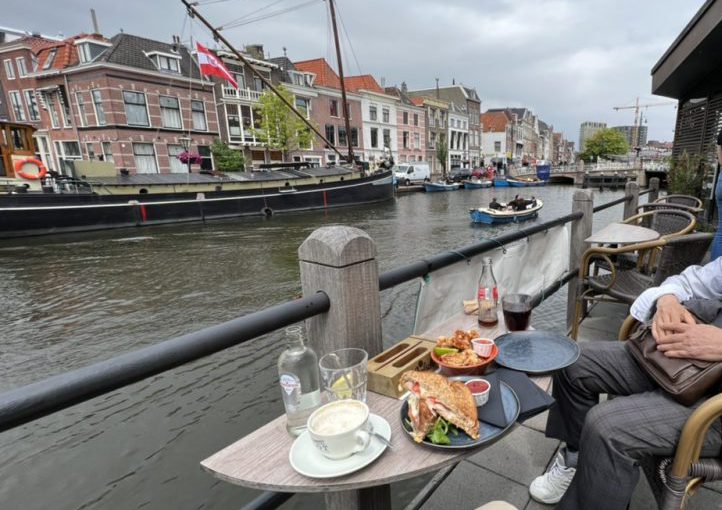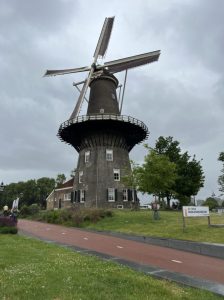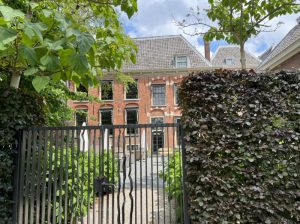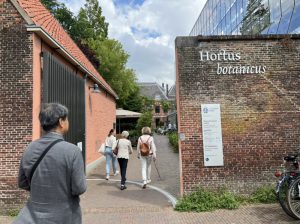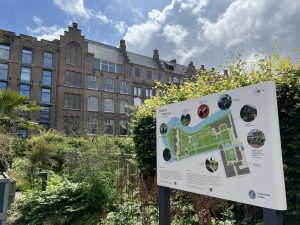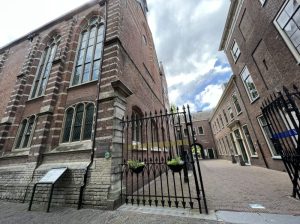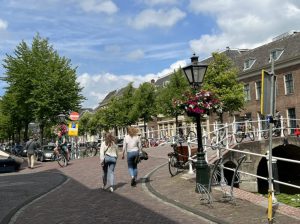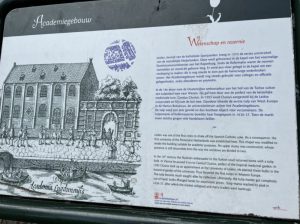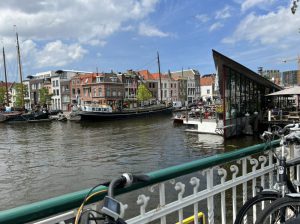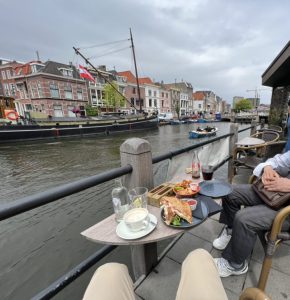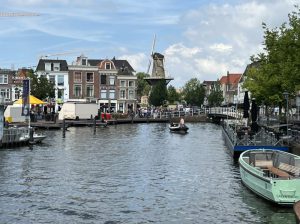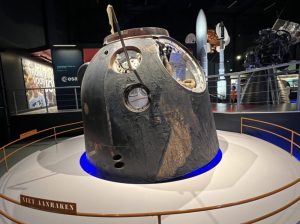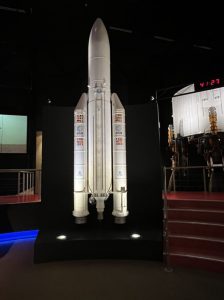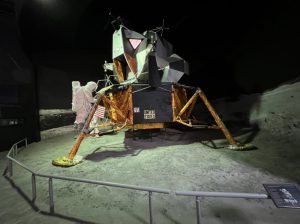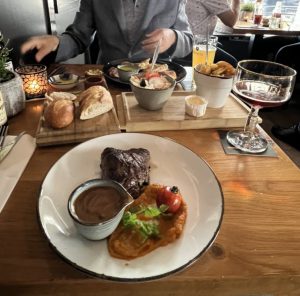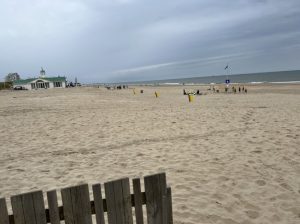On the evening of my arrival, I was met at the Hague Central Station by an acquaintance who was stationed in The Hague, and for almost two full days from the following day, he guided me around the city by car. On Saturday, the day after our arrival, there was a big event in the center of The Hague, which was expected to be crowded, so we headed to Leiden, a famous university city nearby.
Leiden was home to a huge windmill, the interior of which was open to the public.
https://youtube.com/shorts/YZySxFGjfsA?feature=share
When I visited the inside of the plant, I was again surprised to find that the mechanism was so elaborate and powerful that it was hard to imagine from its idyllic appearance. It was probably one of the high-tech mechanisms of the time, and, when you think about it, it was a clean energy production facility that utilized renewable energy resources and did not emit carbon dioxide, which is one of the major issues facing modern society. In a sense, I was deeply moved by the fact that it was an energy facility that anticipated the issues of today.
https://youtube.com/shorts/L-T2K9UVz4w?feature=share
Next, we headed to the traditional Leiden University and the nearby Siebold Memorial Museum. Leiden University was founded in 1575, making it one of the oldest universities in the Netherlands, if not the oldest in Europe. 1575 was before the Battle of Sekigahara (1600) in Japan. The Netherlands was the only Western country with which Japan continued to communicate with throughout the Edo period (1603-1868), which was ruled by the Tokugawa family as a result of this battle, including the period of national seclusion. Come to think of it, Western learning in the Edo period (1603-1867) was “Dutch learning,” and “Kaitai Shinsho” by Sugita Gempaku, a landmark work in the history of medicine in Japan, was painstakingly translated from the Dutch original by the Dutch doctors of the time. This was the first introduction of Western medicine to Japan.
I later realized that my first stop after arriving at my hotel in The Hague, the Netherlands, was Leiden, a city with which I felt a strong connection. Leiden University not only has a long tradition in Europe, but was also the first university in Europe to establish a Japanese language department, and was the base of Siebold, who left a significant mark on Japan-Dutch relations after his return to the Netherlands. The Siebold Memorial Museum, which preserves and exhibits many documents related to Siebold, is located near Leiden University. Of course, I visited the Siebold Memorial Museum, where a young Dutch woman who happened to be working as a receptionist and guide spoke extremely fluent Japanese, and when I asked her about it, she turned out to be an elite graduate of Leiden University’s Japanese language department. I took a good look around the exhibits and found them very interesting.
After that, we strolled along the canal with its typical Dutch scenery, and enjoyed lunch at a café protruding from the surface of the river while watching the boats go by.
We also toured the European Space Agency (ESA), where a friend of mine works, which was also extremely interesting.
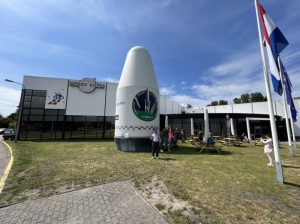
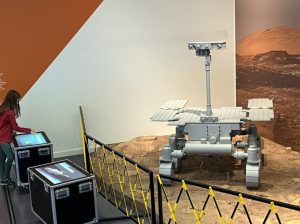
We finished the day with dinner at a restaurant at a seaside resort close to ESA.
